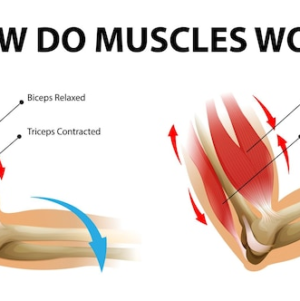Many underestimate the effectiveness of push-ups, despite the fact that they not only improve physical fitness but also serve as an indicator of overall health. Follow the following recommendations to assess your physical fitness.
Push-ups are one of the most accessible exercises for developing chest, shoulder, and core muscles. This exercise can be performed at home, on a sports field, in the gym, and even during leisure time.
Despite the popularity of push-ups, not everyone performs them correctly. Many, striving for a higher number of repetitions, compromise on technique and range of motion. However, it’s essential to remember that a high quantity does not always equate to effectiveness.
Before determining the optimal number of push-ups, it’s crucial to recall key points for the effective execution of this exercise. Start with hands slightly wider than shoulder-width, maintain a straight spine, and ensure your body is aligned. The movement involves complete bending and straightening of the arms at the elbow joints. Throughout the exercise, engage your core muscles, and let your chest touch the floor. Inhale as you lower your body, exhale as you push back up.

Regarding the optimal number of push-ups, modern research indicates that over 50% of adult men cannot perform more than 10 consecutive repetitions. Therefore, the first checkpoint is a range of 12-15 repetitions. However, a more precise figure exists.
After joint warm-up and body warm-up, it’s recommended to conduct a fitness test used in scientific research. This test has shown a clear correlation between the number of push-ups and the risk of cardiovascular diseases in middle-aged and older men. The graph demonstrates that the optimal range is to perform 21 to 40+ repetitions in one minute with the correct technique. If the results fall below 20 repetitions, it’s advisable to consult a doctor immediately and check the health of the heart.
Canadian studies have provided valuable data shedding light on the average number of push-ups based on age. The indicators reveal interesting trends, especially among men aged 40 and older. This age group experiences a noticeable decline in the ability to perform push-ups, possibly linked to physiological changes and a decrease in overall physical activity.

Statistics covering the age range from 40 to 60+ years demonstrate that the majority of men in these age categories struggle to achieve the optimal number of push-ups, defined as more than 21 repetitions. This phenomenon may serve as a warning signal, indicating that after reaching the age of 40, many men seem to lose interest in regular physical exercises. Such neglect of attention to health and physical activity can have a negative impact on overall well-being and increase the risk of various diseases.

These findings underscore the importance of maintaining an active lifestyle and engaging in regular physical activities, especially for men in middle and older age. Continuation of physical activity and attention to health can help improve overall vitality and reduce the risk of cardiovascular problems. Therefore, it’s crucial to recognize the significance of exercises like push-ups in maintaining optimal physical fitness and caring for one’s health throughout life.


